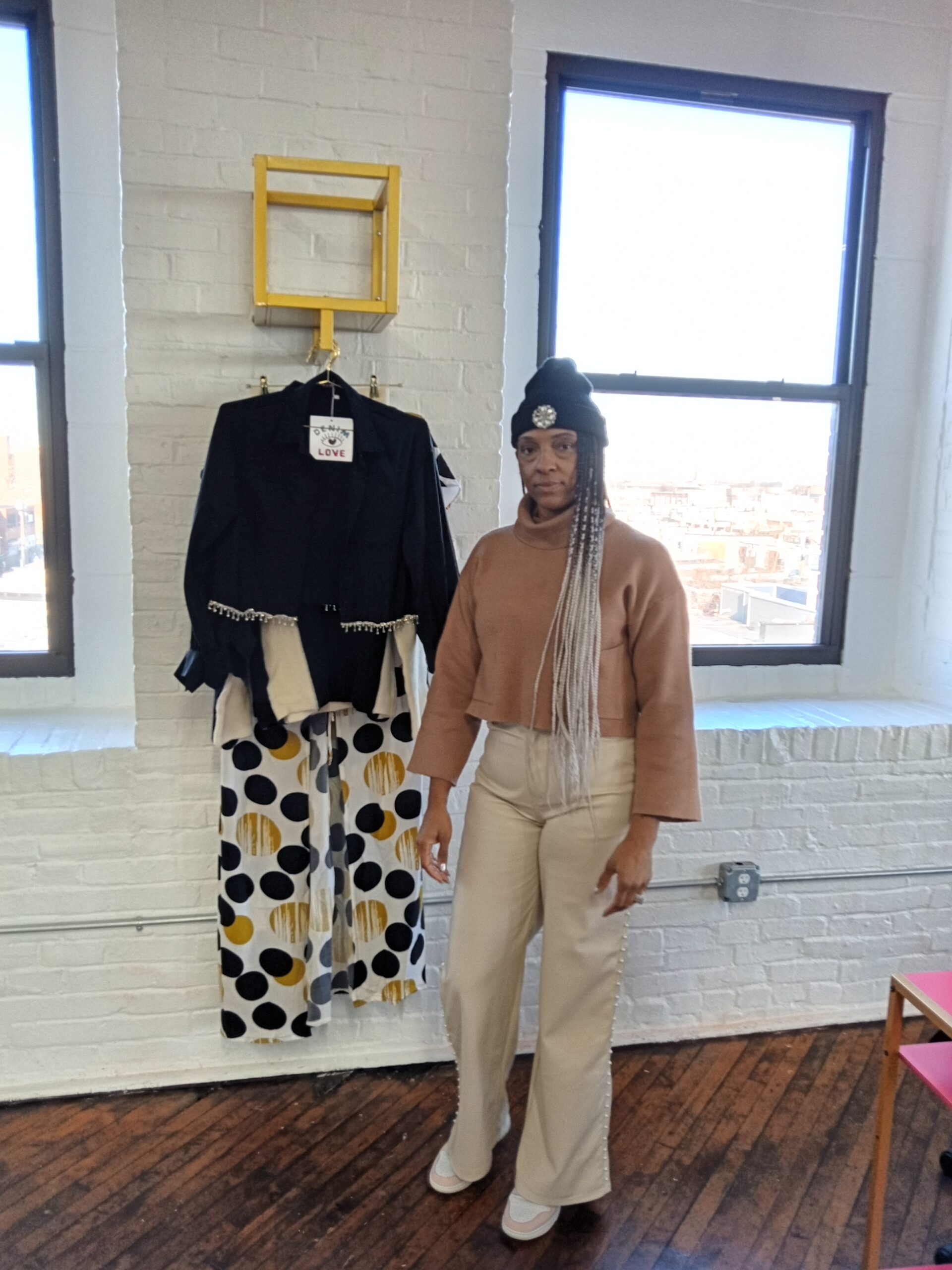World
McLaughlin-Levrone demolishes Bol to retain hurdles title with world record

Coming into the final bend of the women’s 400m hurdles final, Femke Bol was exactly where she wanted to be. She was right behind Sydney McLaughlin-Levrone, just like her coach, Laurent Meuwly, had planned. “The goal for Femke will be to stay as close as possible into the straight,” Meuwly said, and here she was, two-tenths off. Problem was, it was the last time Bol was in the right place all night. McLaughlin-Levrone, the greatest women’s hurdler in history, ran stronger, harder, and faster down the straight, and pulled right away from Bol, and everyone else, towards her second Olympic gold, and a rightful place as the greatest track athlete of her era.
By the time McLaughlin-Levrone reached the 10th hurdle, she was only racing her own world record, set at the US trials in June. She won that contest too. She finished in 50.37sec, which knocked 0.28sec off the old mark. McLaughlin-Levrone was already the first track athlete to break five world records in the same event. She has just become the first to break a sixth. In three years, she is single-handedly cut the best part of two seconds off the world record. Or to put it another way, she has taken a full 3.5% off the record set before she started running, which is double what Usain Bolt trimmed off the men’s 100m mark.
When McLaughlin-Levrone runs, the rest of us are watching someone expand the limits of athletic possibility in real time.
There had been an idea that this final would be one of the great races of the Games. The stadium was studded with bright orange because of all the Dutch fans who had come along to watch, which made it look like a big bag of pick ‘n’ mix with too many jelly tots in it. In the 50 years they have been running the women’s 400m hurdles, exactly 25 athletes have done it under 53 seconds, three have run it under 52 seconds, and just two have run it in under 51 seconds, Bol and McLaughlin-Levrone, who were drawn alongside each other in lanes five and six. Between them, they had already run 14 of the 15 fastest times in history.
McLaughlin-Levrone had won their only two head-to-head races before this one, in the Olympic final in 2021, and the world championship final a year later. But since then, she had been struggling with a couple of different injuries, and also experimenting with a couple of different disciplines. She had only competed fitfully. In the meantime, Bol had won just about everything going. But as Meuwly also said before the race, the one thing she had not had to deal with was what it was like to be in a race against someone who was even faster than she was. She did here, and it hurt.
Bol finished third. She was beaten to the silver by McLaughlin-Levrone’s US teammate Anna Cockrell, who ran a personal best of 51.87sec. Bol finished in 52.15sec. Which, though well down on the winning time, was still the 19th-quickest in history. She was utterly distraught afterwards, and walked away crying from the finish line. In another time, and another place, she would be the greatest herself. She has it in her. She proved it last Saturday when she won the Netherlands the gold medal in the 4x400m mixed relay with an astonishing anchor leg which swept the team from fourth place all the way up into first.
But McLaughlin-Levrone is greater again. In this race, Bol was only really there to put McLaughlin-Levrone’s achievements in scale, like one of those little diagrams of a man drawn to let you know exactly how big the building in the picture is in real life.
It is Bol’s bad luck that McLaughlin-Levrone chose to run the 400m hurdles. Truth is, she could have been almost anything she wanted to be on the track. Her personal best times in the 100m and 100m hurdles would have made her a contender for the final here in both events, her personal best in the 200m would have won her the silver medal behind Gabby Thomas, and in the 400m, it would have made her the fastest-qualifier for Friday night’s final. She has spoken about moving across the flat race, she is already the eleventh-quickest in history at it. And she can also juggle pretty much anything you ask her too.
after newsletter promotion
Which tells you a little more than you about what makes her great than you might think. Because one of the reasons why McLaughlin-Levrone is so good at the 400m hurdles is that she can lead her jumps with either foot. While most hurdlers adjust their stride to make sure they have their favourite foot forward, McLaughlin-Levrone’s able to take them as they come to her, switching between her left and her right, without stuttering or stumbling or breaking stride. It takes a juggler’s sense of coordination to do it at speed. Her brain needs to move as fast as her feet as she makes the high-speed adjustments to her stride.
Between her sheer speed along the straight, her endurance around a single lap, and her impeccable technique, McLaughlin-Levrone is as good as unbeatable. Even for someone as brilliant as Bol. In the minutes after McLaughlin-Levrone had crossed the finish line, someone in the crowd handed her a crown to wear as well as the US flag. It fit perfectly.







